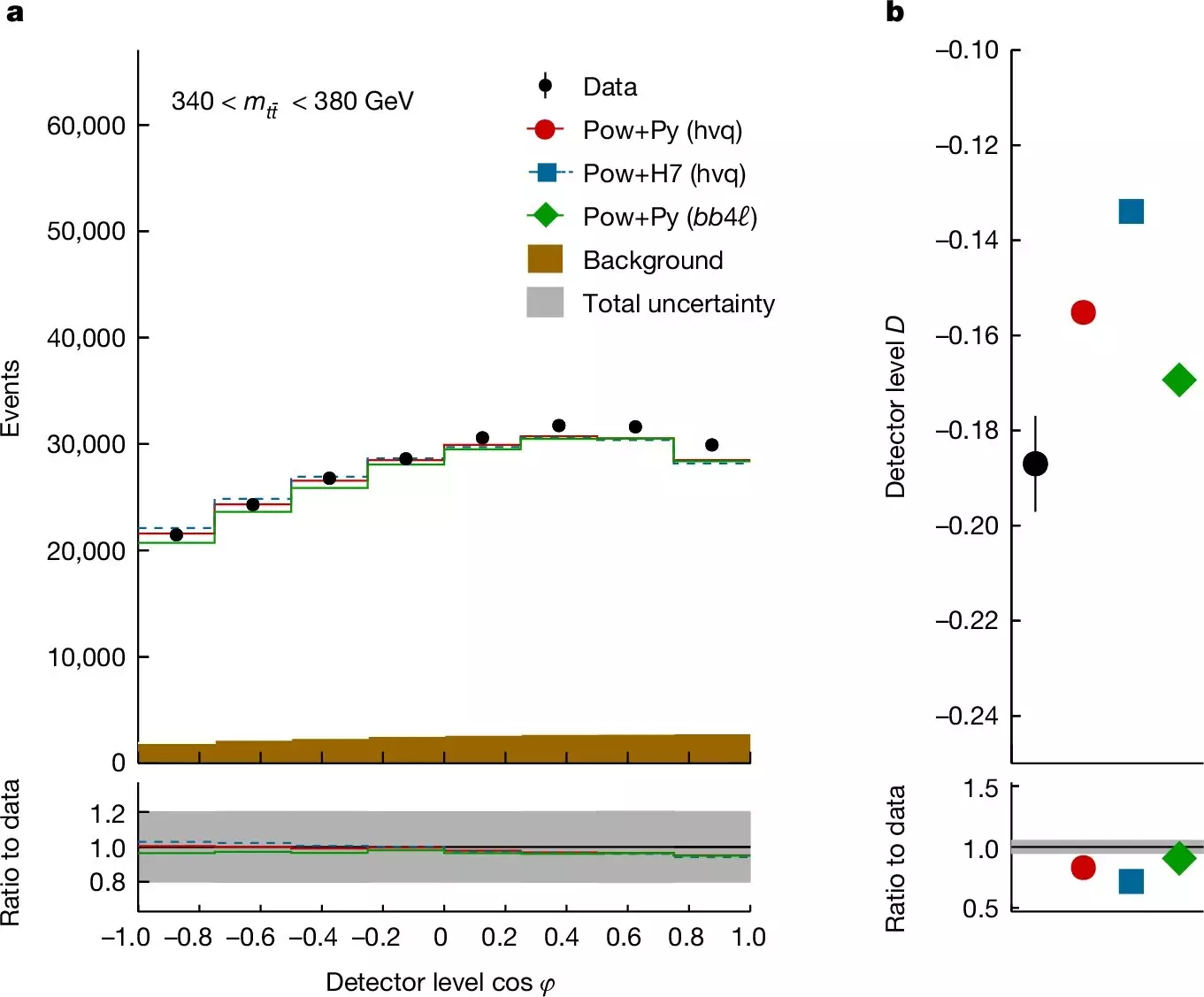Quantum entanglement is one of the most intriguing and bewildering phenomena in the realm of quantum mechanics, the field that investigates the fundamental building blocks of our universe. When two particles become entangled, their states are interconnected, revealing an instantaneous correlation regardless of the distance separating them. This unique property has no equivalent in classical physics, drawing attention from researchers and theoretical physicists alike. In recent years, entanglement has captured public interest not only for its esoteric qualities but also for its practical applications, such as in quantum cryptography and quantum computing.
The significance of this scientific phenomenon was highlighted in 2022 when Alain Aspect, John F. Clauser, and Anton Zeilinger were awarded the Nobel Prize in Physics for their pioneering experiments with entangled photons. Their work substantiated the predictions of John Bell, emphasizing the importance of entanglement in the context of quantum information science. Despite its theoretical allure, the exploration of entanglement at high-energy levels remained relatively unexplored until a startling revelation emerged from the Large Hadron Collider (LHC).
In a notable study published in Nature, the ATLAS collaboration reported a groundbreaking achievement: the observation of quantum entanglement between top quarks at high energy levels. This finding sets a pivotal milestone in the relationship between quantum mechanics and particle physics, with tremendous implications for how we understand these fundamental concepts. The observations drew considerable attention as they confirmed that even at energies as high as 13 teraelectronvolts, quantum entanglement can be detected, thereby merging two previously disparate realms of physics.
Andreas Hoecker, spokesperson for ATLAS, expressed his excitement at this novel intersection of knowledge. His proclamation indicates a shift in the landscape of particle physics, where researchers can now delve deeper into the complexities of quantum entanglement under conditions that were previously unreachable. This newly established groundwork for exploration opens avenues for future studies that could reshape our comprehension of quantum effects at the level of fundamental particles.
At the heart of these findings are the top quarks—known to be the heaviest fundamental particles recognized in particle physics. When produced in high-energy collisions, top quarks typically decay into lighter particles almost instantaneously, making the observation of their intrinsic properties a formidable challenge. What sets the latest research apart is the method employed by scientists to track these particles’ decay products, magnificently allowing them to infer the spins of top quarks and uncover whether their spins were entangled.
Researchers meticulously selected pairs of top quarks generated during a series of proton-proton collisions at the LHC, conducting experiments between 2015 and 2018. Specifically, they focused on pairs that were produced with minimal momentum relative to each other, knowing that this state would maximize the probability of spin entanglement. By analyzing the angular distribution of the charged decay products, they could confirm entangled spins with remarkably high statistical significance—exceeding five standard deviations—demonstrating the robustness of their findings.
Not to be outdone, the CMS collaboration conducted its own investigations into spin entanglement by evaluating different top quark production scenarios, including cases where the quarks bore significant relative momentum. In doing so, they discovered that certain predictions regarding the entangled decay products were consistent with theoretical expectations, further lending credence to the observation of entanglement phenomena at unprecedented energy levels.
These developments allow physicists to explore the Standard Model of particle physics in new and innovative ways. Patricia McBride, spokesperson for CMS, indicated that the ability to measure quantum entanglement at such high-energy conditions opens the door to potential discoveries that may lie beyond the current model, potentially hinting at new physics.
The recent observations of quantum entanglement between top quarks signify a monumental leap in our understanding of both quantum phenomena and particle physics. As researchers continue to explore the implications of their findings, the potential for new discoveries urging us to reconsider established theories becomes a tantalizing reality. The interplay of quantum mechanics and particle physics is only beginning to unveil its secrets, and as data accumulates, the scientific community stands poised on the brink of a new era in the understanding of the universe’s fundamental essence. As this phenomenon continues to inspire curiosity and innovation, the quest for knowledge accelerates, undoubtedly leading to further groundbreaking revelations.

